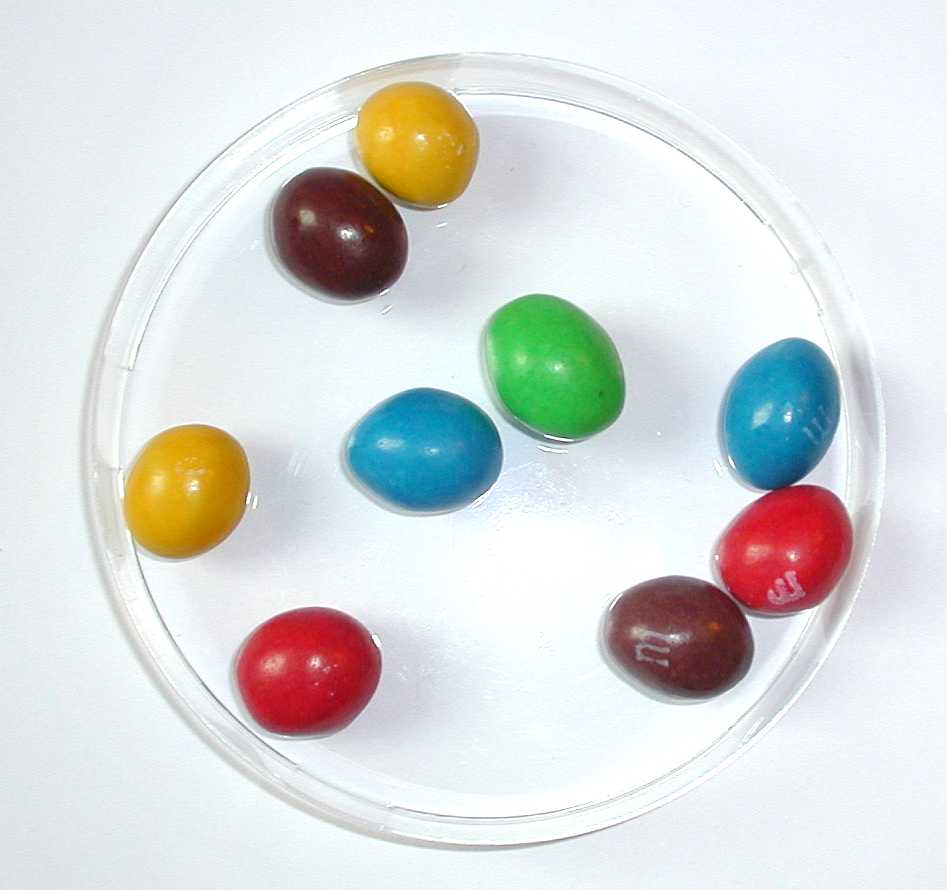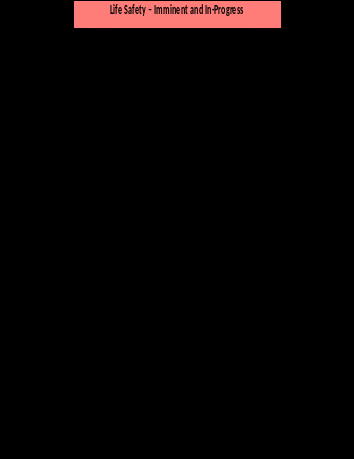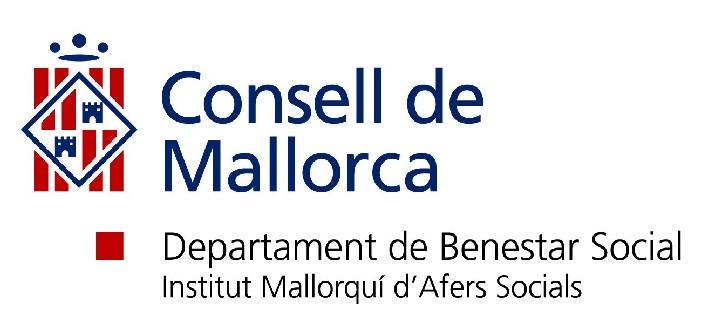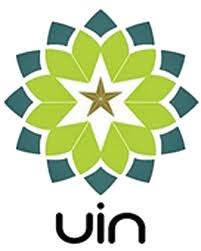ASTDD HANDBOOK ON PLANNING EVALUATING AND IMPROVING COLLABORATION FOR
ASTDD HANDBOOK ON PLANNING EVALUATING AND IMPROVING COLLABORATION FOR
ASTDD Handbook on Planning, Evaluating and Improving Collaboration for Oral Health Programs
Worksheet 8. Community of Practice (CoP) Collaboration Assessment Tool
Name of CoP:
CoP Members:
Date:
Group/Person Completing the Assessment:
Process Used for Administering the Assessment: (check all that apply):
__recollection and reflection by a team member
__observation of team meeting (via video)
__observation of team meeting (in person)
__review and analysis of agendas
__review and analysis of meeting minutes
__review and analysis of performance information
__consultation with individual members(s)
__consultation with specialist(s)
__consultation with administrator(s)
__other :
Domain 1
|
Scores |
DIALOGUE Record one number per row in the Current (C) column. A number can be added in the Desired (D) column if the alliance wants to do that process later |
|||
|
C |
D |
0 |
1 |
2 |
|
|
|
There is no pre-planned agenda for group dialogue. |
A written agenda for group dialogue exists. |
Agenda for team dialogue is pre-planned, written, and distributed. |
|
|
|
Full attendance at team meetings is rare or the group meets sporadically. |
Most team members regularly meet face-to-face. |
All team members regularly meet face-to-face. |
|
|
|
Team dialogue is improvisational and unstructured. |
Occasionally the process for team dialogue is structured. |
Team dialogue is guided by a protocol. |
|
|
|
Team meetings do not focus on group practice and performance. |
Team meetings are generally related to group practice and performance. |
Team meetings are focused on the structured examination of group practice and performance. |
|
|
|
Controversy and disagreements do not exist, or they exist and go unresolved. |
Professional tension exists, but controversy is rare and/or may go unresolved. |
Professional tension exists, and disagreements are resolved "now" or as close to now as possible. |
|
|
|
Dialogue is almost convivial, or members tend to “dominate” or “hibernate.” |
Most team members contribute to the dialogue, but there are “hibernators” and “dominators.” |
Members participate equally in group dialogue; there are no "hibernators" or "dominators.” |
|
|
|
There is no record of team dialogue, decisions and intended actions. |
A record of team dialogue, decisions, and intended actions exists. |
A thoughtful, thorough and accurate account of team dialogue, decisions, and intended actions is recorded and accessible to all team members. |
|
Total C Score: Total D Score : |
||||
Areas of Strength:
Areas for Improvement:
Corrections and Celebrations:
Domain 2
|
Scores |
DECISION-MAKING Record one number per row in the Current (C) column. A number can be added in the Desired (D) column if the alliance wants to do that process later |
|||
|
C |
D |
0 |
1 |
2 |
|
|
|
The team does not decide what individual and collective practices they will initiate, maintain, develop, and/or discontinue. |
The team occasionally determines what individual and collective practices they will initiate, maintain, develop, and/or discontinue. |
The team regularly decides what individual and collective practices they will initiate, maintain, develop, and/or discontinue. |
|
|
|
Decisions are not typically informed by face-to-face dialogue in team meetings. |
Most decisions are informed by team dialogue in face-to-face meetings. |
All decisions are informed by team dialogue in face-to-face meetings. |
|
|
|
The group does not have a process for leadership and/or facilitation |
A process for team leadership and facilitation are determined. |
A process for team leadership and facilitation is purposefully determined. |
|
|
|
Decision making process does not exist or is not transparent; decisions are rarely made by consensus. |
The process for making decisions is informal; most decisions seem to be made by consensus. |
The process for making any decision is transparent and adhered to; decisions are most often made by consensus. |
|
|
|
Decisions are not made, or do not relate to the cultivation of identified outcomes, activities, and indicators. |
Decisions are tangentially related to the improvement of practice and the cultivation of identified outcomes, activities, and indicators. |
Decisions are directly related to the improvement of practice and the cultivation of identified outcomes, activities and indicators. |
|
|
|
Team members do not identify specific instructional practices that they will employ to increase student learning, nor do they identify the strategies they will discontinue. |
Team members determine strategies that they will employ to improve performance or the less effective strategies that they will discontinue. |
Team members determine specific strategies that they will employ to improve performance and the less effective strategies they will discontinue. |
|
|
|
Individual members make their own decisions regardless of team decision-making. |
Most individual team members commit to carrying out team decisions. |
Each individual member commits to carrying out team decisions. |
|
Total C Score: Total D Score: |
||||
Areas of Strength:
Areas for Improvement:
Corrections and Celebrations:
Domain 3
|
Scores |
ACTION Record one number per row in the Current (C) column. A number can be added in the Desired (D) column if the alliance wants to do that process later |
|||
|
C |
D |
0 |
1 |
2 |
|
|
|
Between team meetings individual team members do not take action. |
Between team meetings most individual team members take specific action(s) as a result of team decision-making. |
Between team meetings each individual team member takes specific action(s) as a result of team decision-making. |
|
|
|
Team member actions are not complex, challenging, or interdependent. |
Team member actions are somewhat coordinated and interdependent, complex/challenging. |
Team member actions are coordinated and interdependent, complex/challenging. |
|
|
|
Team members do not take action related to the cultivation of identified outcomes, activities, and indicators. |
Actions are generally related to the improvement of practice and the cultivation of identified outcomes, activities, and indicators. |
Actions are directly related to the improvement of practice and the cultivation of identified outcomes, activities, and indicators. |
|
|
|
Individual members do not employ new strategies intended to increase performance, nor do they discontinue the use of less effective strategies. |
Most individual members employ strategies intended to increase performance and discontinues less effective strategies. |
Each individual member employs specific strategies that will improve performance and discontinues less effective strategies. |
|
|
|
Distribution of action-taking among team members is unfair/unbalanced. |
Distribution of action-taking among team members varies. |
There is equitable distribution of action-taking among team members. |
|
Total C Score: Total D Score: |
||||
Areas of Strength:
Areas for Improvement:
Corrections and Celebrations:
Domain 4
|
Scores |
EVALUATION Record one number per row in the Current (C) column. A number can be added in the Desired (D) column if the alliance wants to do that process later |
|||
|
C |
D |
0 |
1 |
2 |
|
|
|
The team does not collect or analyze qualitative information about their practices and stated outcomes, activities and indicators. |
The team infrequently collects and analyzes qualitative information about their practices and stated outcomes, activities and indicators. |
The team regularly collects and analyzes systematically collected qualitative information about their practices and stated outcomes, activities and indicators. |
|
|
|
The team does not collect or analyze quantitative information about their practices and stated outcomes, activities and indicators. |
The team infrequently collects and analyzes quantitative information about their practices and stated outcomes, activities and indicators. |
The team regularly collects and analyzes systematically collected quantitative information about their practices and stated outcomes, activities and indicators. |
|
|
|
The team relies exclusively on “hearsay,” “anecdotes,” and “recollections” to evaluate the merits of their practices. |
The team may rely more on “hearsay,” “anecdotes,” or “recollections” to evaluate the merits of their practices. |
The team uses performance data to evaluate the merit of their practices. |
|
|
|
Evaluation data and findings are not shared publicly within the team. |
Evaluation data and findings are sometimes shared publicly within the team. |
Evaluation data and findings are shared publicly within the team. |
|
|
|
Most members on the team do not make evidenced-based improvements to her/his practice. |
Most members on the team make evidenced-based improvements to her/his practice. |
Every member makes evidenced-based improvements to her/his practice. |
|
Total C Score: Total D Score: |
||||
Areas of Strength:
Areas for Improvement:
Corrections and Celebrations:
|
Summary of Domain Assessment Scores |
||
|
|
Current (C) |
Desired (D) |
|
Dialogue |
/14 |
/14 |
|
Decision-making |
/14 |
/14 |
|
Action |
/10 |
/10 |
|
Evaluation |
/10 |
/10 |
|
Total |
/48 |
/48 |
Key Areas of Strength:
Key Opportunities for Improvement:
Corrections and Celebrations:
Tags: astdd handbook, astdd, handbook, evaluating, collaboration, planning, improving
- UNIVERSIDAD DE COSTA RICA OFICINA DE ASUNTOS INTERNACIONALES Y
- INFORME LEY Nº 20454 (INCENTIVA EL PRECONTRATO DE CAPACITACIÓN)
- 7 (7) OMSORGENS CHECKLISTA FÖR INTRODUKTION INTRODUKTION KAN SE
- NUEVO REQUISITO PARA TRAER TEXTILES Y CALZADO HTTPWWWLAREPUBLICACOMCONOTICIAPHP?IDNOTIWEB40777&IDSUBSECCION72&TEMPLATENOTICIA&FECHA200508291200AM ROSALBA
- JESTEM W TANECZNYM NASTROJU ROZMOWA BARBARA SZCZEPAŃSKA JUDYTA
- RECTANGLE 222 C CRF APPLICATION FORM NORTH LINCOLNSHIRE COMMUNITY
- 15 ZÁŘÍ 2021 TISKOVÁ ZPRÁVA SVĚTOVÁ PREMIÉRA KORUNOVALA FESTIVAL
- MÀQUINES TÈRMIQUES 2N PRINCIPI DE LA TERMODINÀMICA · LA
- GEOFF BARTON NEW YEAR STARTERS I CAN’T IMAGINE ANY
- 3 7 PASSIONSANDACHT NACH PALMARUM (28 MÄRZ) MIT GRÜNDONNERSTAG
- CREATING A CORDIAL ATMOSPHERE HERE ARE A FEW
- CREATED USING THE RSC ARTICLE TEMPLATE (VER 31)
- ORAUX BLANCS ESPAGNOL TERMINALE L ET ES MME PROT
- ZAŁĄCZNIK NR 1 DO ZAPYTANIA OFERTOWEGO NR 3062017WRPO 1522015
- 0 ANEXO N°31 CARTA COMPROMISO DE APORTES TERCEROS ”CONCURSO
- Porter Wright Announces new Partners Page 2 News Release
- ALL MATERIALS TO BE PRESENTED AT THE 2008 ALZHEIMER’S
- MARYLAND OUT OF STATE ATTORNEY’S EXAMINATION ONLINE ELECTRONIC BAR
- THE HISTORY OF ENGLAND PODCAST THE CORONATION CHARTER OF
- 3 REIKALAVIMAI AUTORIAMS BENDRI REIKALAVIMAI GEOGRAFIJOS METRAŠTIS (ANNALES GEOGRAPHICAE
- 1 ORGANISMO DEMANDANTE RAZÓN SOCIAL SERVICIO DE SALUD ANTOFAGASTA
- INFORMÁTICA PROPIEDAD INTELECTUAL Y “LA BIBLIOTECA DE BABEL” DE
- QUALITY TEACHING QUALITY LEARNING A DISCUSSION PAPER FOR TEACHERS
- © 2000 COOPERACIÓN INTERNACIONAL EN TECNOLOGÍAS AVANZADAS (CITA) SL
- CRITERIO DGRN00201 ASUNTO CALIFICACIÓN E INSCRIPCIÓN DE PLANOS QUE
- CREATING CLAY ANIMATION IN 5 EASY STEPS STEP 1
- CREATE WORKSPACES AND ADD VIEWS YOU CAN CREATE
- INGENIERÍA DEL SOFTWARE II 1172005 RICHARD ROJAS 0134587 ISRAEL
- BIOLOGÍA 2º BACHILLER TEMA 2 GLÚCIDOS 1 CARBOHIDRATOS (GLUCIDOS)
- Ugovor%20o%20djelu%20KSZ%202018
PRIPOMBAPREDLOG K JAVNI RAZGRNITVI DOPOLNJENEGA OSNUTKA OBČINSKEGA PODROBNEGA PROSTORSKEGA
 INCLUDEPICTURE HTTPDC2LAYOUTSIMAGESHRCCLOGONEWJPG MERGEFORMATINET INCLUDEPICTURE HTTPDC2LAYOUTSIMAGESHRCCLOGONEWJPG MERGEFORMATINET INCLUDEPICTURE
INCLUDEPICTURE HTTPDC2LAYOUTSIMAGESHRCCLOGONEWJPG MERGEFORMATINET INCLUDEPICTURE HTTPDC2LAYOUTSIMAGESHRCCLOGONEWJPG MERGEFORMATINET INCLUDEPICTURE ANALYSE DES COLORANTS DES « M&M’S » PAR CHROMATOGRAPHIE
ANALYSE DES COLORANTS DES « M&M’S » PAR CHROMATOGRAPHIE ANEXO 11 CUESTIONARIO PARA LA DETERMINACIÓN DE LA AFECCIÓN
ANEXO 11 CUESTIONARIO PARA LA DETERMINACIÓN DE LA AFECCIÓN SAFE2SAY SOMETHING PROCEDURES PG 19 SAFE2SAY SOMETHING PROCEDURES
SAFE2SAY SOMETHING PROCEDURES PG 19 SAFE2SAY SOMETHING PROCEDURES PREPARED BY VEOLIA ENVIRONMENTAL SERVICES AUSTRALIA PTY LTD DATE
PREPARED BY VEOLIA ENVIRONMENTAL SERVICES AUSTRALIA PTY LTD DATESEÑORES DIRECCIÓN SECCIONAL DE ADUANAS DE DIRECCIONES DE
NZQA UNIT STANDARD 13367 VERSION 9 PAGE 4 OF
 SERVEI JURÍDICOADMINISTRATIU REFANLL DOCUMENT RESOLUCIÓ SER 1012 RESOLUCIÓ MITJANÇANT
SERVEI JURÍDICOADMINISTRATIU REFANLL DOCUMENT RESOLUCIÓ SER 1012 RESOLUCIÓ MITJANÇANTZGŁOSZENIE KANDYDATA NA RADNEGO MŁODZIEŻOWEJ RADY GMINY NIEMODLIN IMIĘ
REVISTA MUY INTERESANTE REVISTA MUY INTERESANTE A FINALES
 JĀZEPA VĪTOLA LATVIJAS MŪZIKAS AKADĒMIJAS TĀLĀKIZGLĪTĪBAS NODAĻAI KURSU PRETENDENTA
JĀZEPA VĪTOLA LATVIJAS MŪZIKAS AKADĒMIJAS TĀLĀKIZGLĪTĪBAS NODAĻAI KURSU PRETENDENTA UNIVERSITAS ISLAM NEGERI FORM (FR) NO DOK FSTTUAKMFRF24
UNIVERSITAS ISLAM NEGERI FORM (FR) NO DOK FSTTUAKMFRF2411 DOIS GOVERNADORES DUAS POLÍTICAS INDIGENISTAS DIFERENCIADAS SOB O
………………………… DNIA ……………… R …………………………………… IMIĘ I NAZWISKO POBIERAJĄCEGO
DUAL CREDIT ENGLISH FAQS DUAL CREDIT ENGLISH FROM THE
ŐSZENTSÉGE II JÁNOS PÁL PÁPA ECCLESIA DEI ADFLICTA MOTU
RIMÓC KÖZSÉG ÖNKORMÁNYZATI KÉPVISELŐTESTÜLETÉNEK 111996 (VIII 9) SZÁMÚ RENDELET
 ISLAND COUNTY SUPERIOR COURT REQUEST FOR REASONABLE ACCOMMODATION 1
ISLAND COUNTY SUPERIOR COURT REQUEST FOR REASONABLE ACCOMMODATION 1LUBUSKI URZĄD WOJEWÓDZKI W GORZOWIE WIELKOPOLSKIM UL JAGIELLOŃCZYKA 8